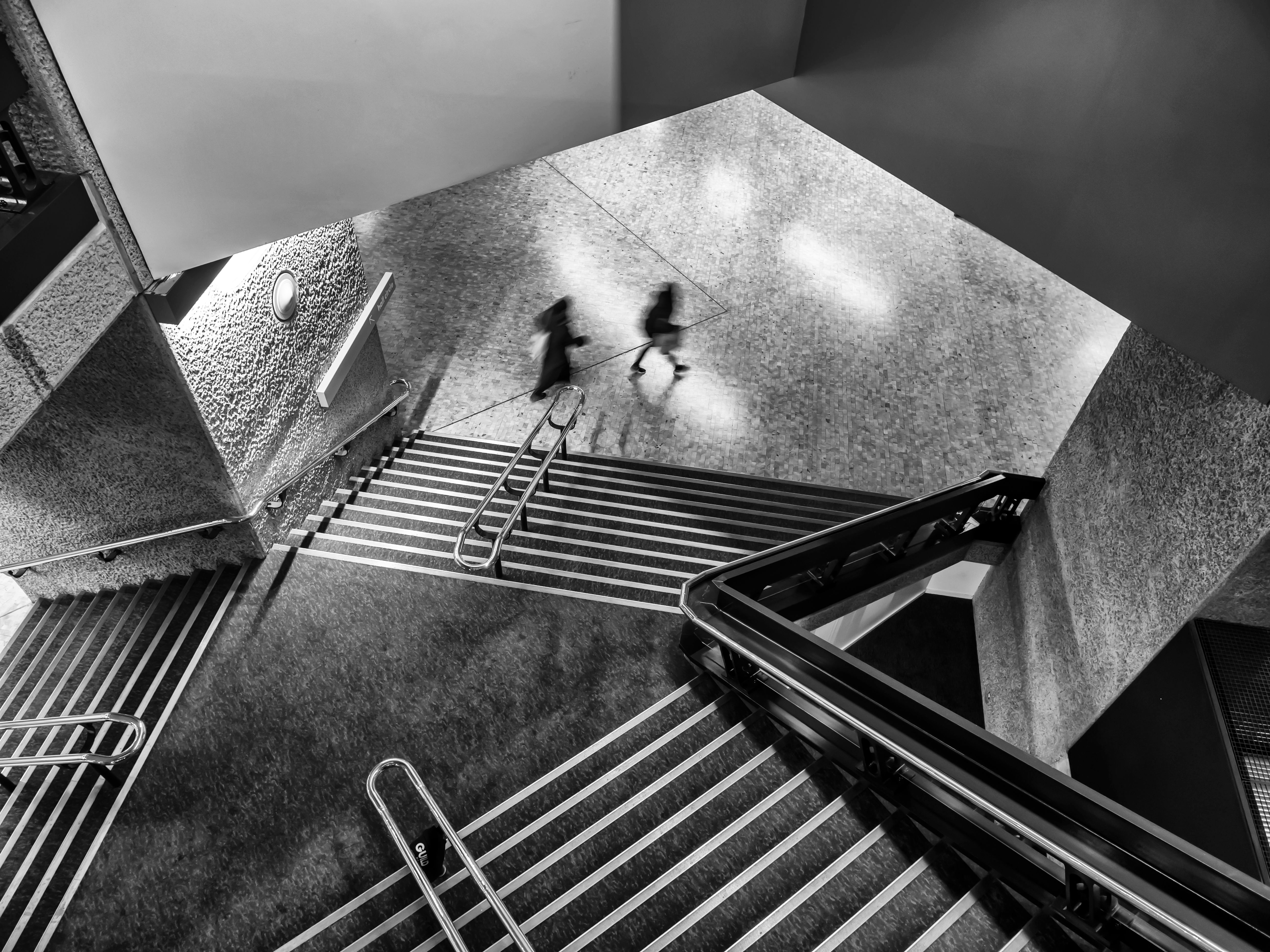
4 minute read
Mike Longhurst FRPS - Is Brutalist Architecture Brutal?
Mike Longhurst FRPS
Is Brutalist Architecture Brutal?
All Images ©Mike Longhurst
More of Mike’s work on Brutalism can be seen here: www.blurb.co.uk/b/11658449-brutal

There has been a revival of interest in “Brutalist” architecture of the 1960s and ‘70s over the past few years, stimulated by books and by controversy over ongoing demolition of many buildings, especially housing estates and the battles to get some listed before they are gone.
Brutalist architecture can be viewed as dehumanising, vertical slums, or alternatively seen as futuristic, inspiring wonders. With no personal conviction either way, I decided to look at the issues at a human level as they are today.
I researched over 40 primarily concrete-built locations in London, across public and private buildings, with residential and mixed uses, and was able to gain access to all but a few. Avoiding the skyline shots which entice photographers and fill photo libraries, I wanted to get to the parts that would actually come into proximity with people - at street level and in public areas of buildings.
What I found was hard to summarise across the different types, but the impression formed in most cases was certainly of something overbearing - of small figures and massive concrete. If that’s dehumanising to some, then so be it. But in general, I found humanity going about its daily round unaffected by the architecture looming above them. Lives and businesses went on, communities had formed vertically or horizontally, and if there were poor conditions anywhere, was that the fault of an architect sixty or more years ago, or to owners and housing departments far more recently?
With refurbished apartments in the most notorious blocks like Balfron Tower in Tower Hamlets now fetching impressive sums, there even seems to be a chic to living in what are now icons of a bygone age. Or is it entirely bygone? When I walk through massive development areas like Nine Elms, I see remarkably similar structures, although in more modern materials. Can it be that the architects so reviled half a century ago were actually inspirational after all? I leave it to you to form your own opinion.




















